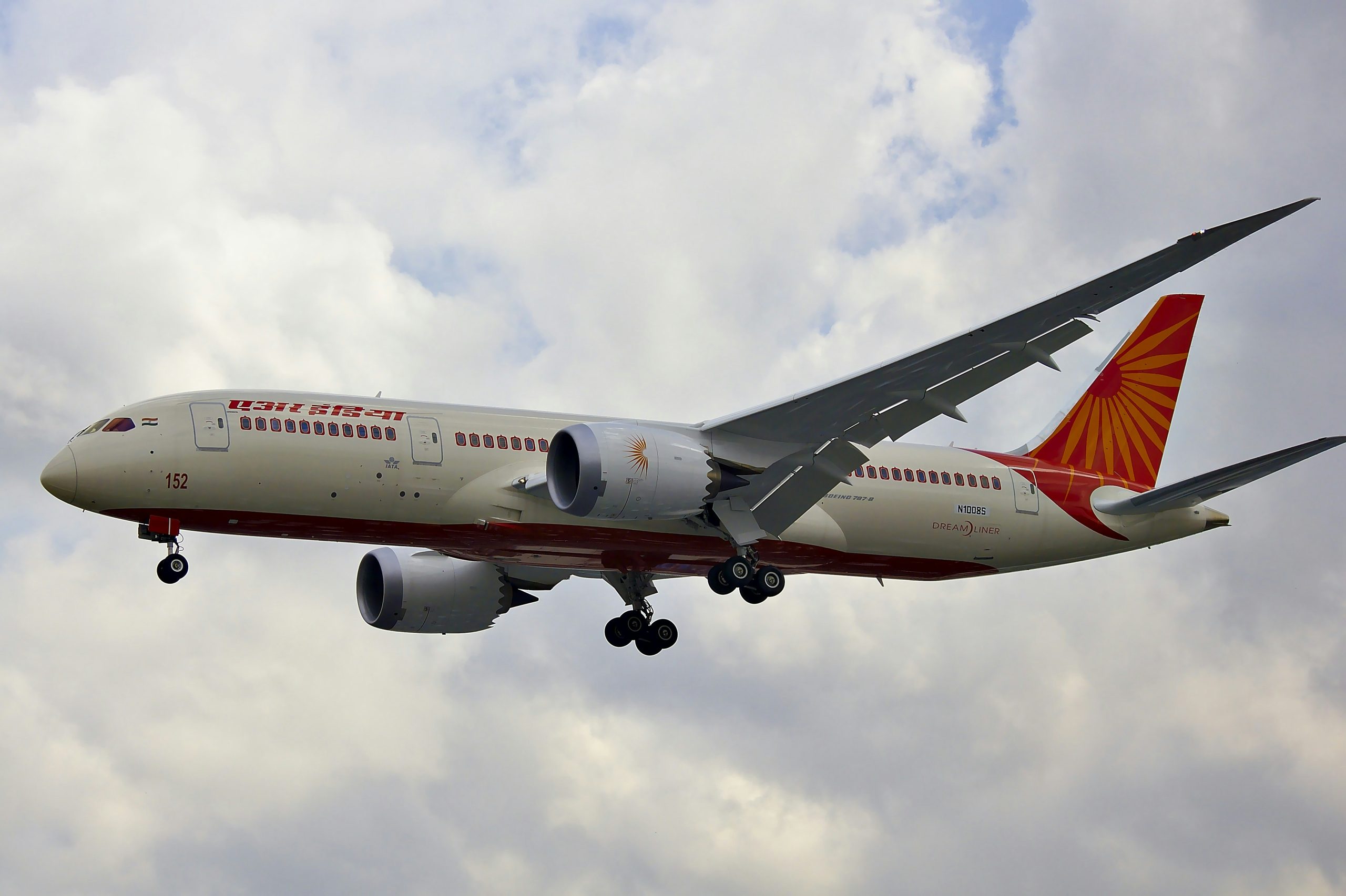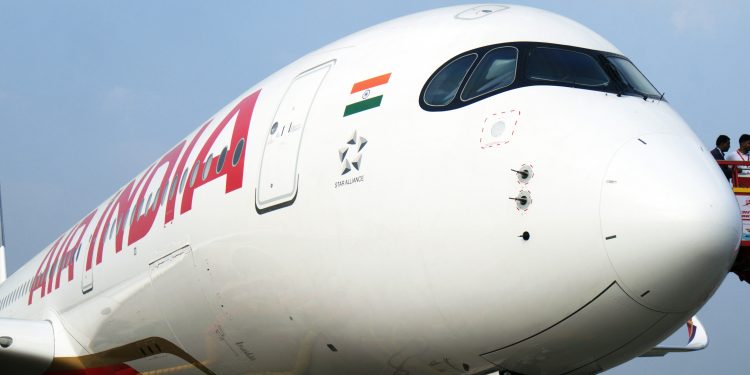The preliminary crash report into Air India Flight 112’s fatal June 12 accident reveals catastrophic pilot confusion regarding the Boeing 787 Dreamliner’s engine fuel cutoff switches, which inexplicably moved from “run” to “cutoff” shortly after takeoff from Ahmedabad.
India’s Aircraft Accident Investigation Bureau (AAIB) confirmed the twin-engine jet lost all thrust when both fuel switches flipped simultaneously, causing the London-bound aircraft to plummet 650 feet into a residential building, killing 260 people in aviation’s deadliest disaster since 2014.
Cockpit voice recorder transcripts captured veteran Captain Sumeet Sabharwal (15,638 flight hours) demanding answers from First Officer Clive Kunder (3,403 hours) about the engine fuel cutoff, with the junior pilot insisting “I did not do so.”
The AAIB report notes the switches activated one second apart – consistent with manual operation – though investigators remain baffled why experienced crew would disable engines during climb-out. Both switches were found in the “run” position post-crash, with evidence suggesting failed restart attempts before impact.

Boeing 787 Systems Now Under Scrutiny
While the report cleared the Dreamliner’s GE Aerospace engines and airworthiness compliance, aviation experts question why the fuel cutoff switches lack protective guards against inadvertent activation. U.S. safety consultant Anthony Brickhouse noted the switches require deliberate force, stating “a pilot would never normally turn them off in flight,” especially during critical climb phases. The absence of emergency scenarios like engine fires in the black box data deepens the mystery surrounding the switches’ movement.
The tragedy strikes as Tata struggles to rebrand the formerly state-run carrier, compounding existing scrutiny over Air India Express’s falsified maintenance records for Airbus A320 engines. With India aspiring to become a Dubai-level aviation hub, the crash exposes gaps in pilot training protocols – particularly regarding the 787’s advanced systems. Civil Aviation Minister Ram Mohan Naidu cautioned against premature conclusions, but industry analysts note the preliminary findings point to human factors rather than mechanical failure.
The Global Aviation Community’s Response
The U.S. NTSB and FAA pledged continued cooperation while confirming no immediate safety directives for 787 operators. Boeing reiterated support for investigators but avoided commenting on switch design questions. At a Mumbai memorial for the crew, First Officer Kunder’s grieving father declined to address the report, while victim families demanded faster compensation from Air India’s $150 million insurance coverage.
Why It Matters
With the final report due within twelve months, the AAIB will now:
Examine pilot training records for Dreamliner transition, simulate switch activation scenarios in 787 simulators, review Ahmedabad Airport’s CCTV showing the fatal descent and analyze why the ram air turbine deployed during power loss.

















